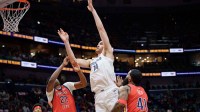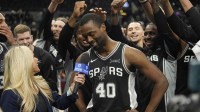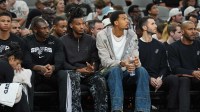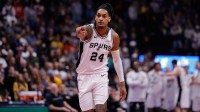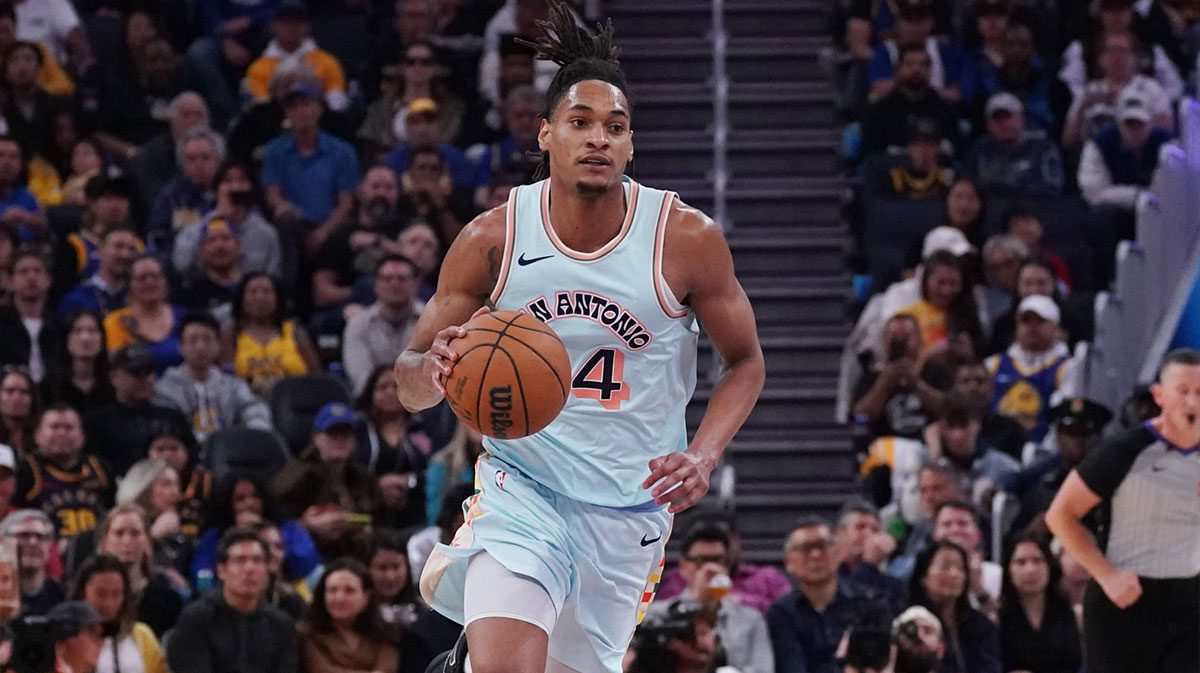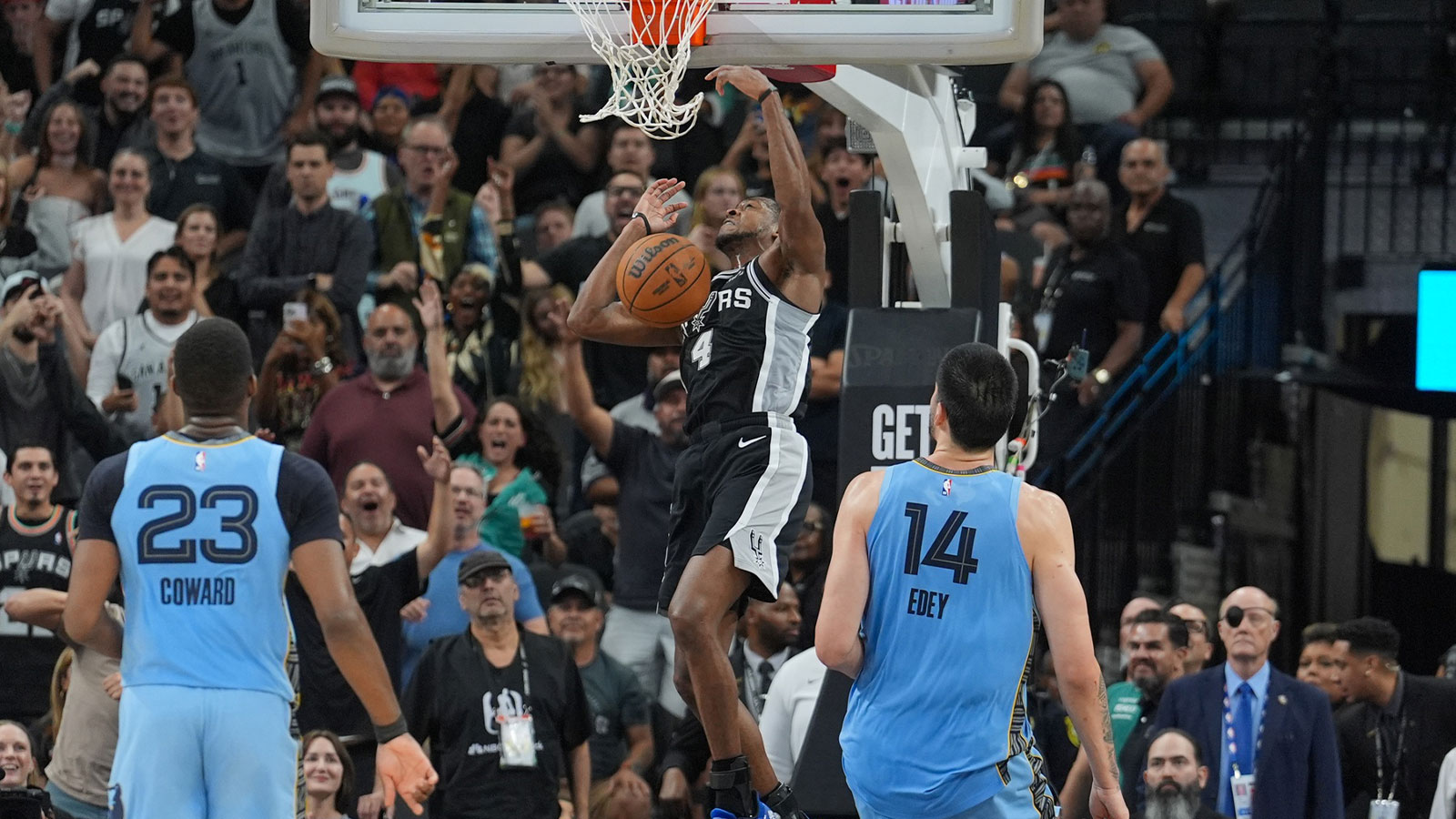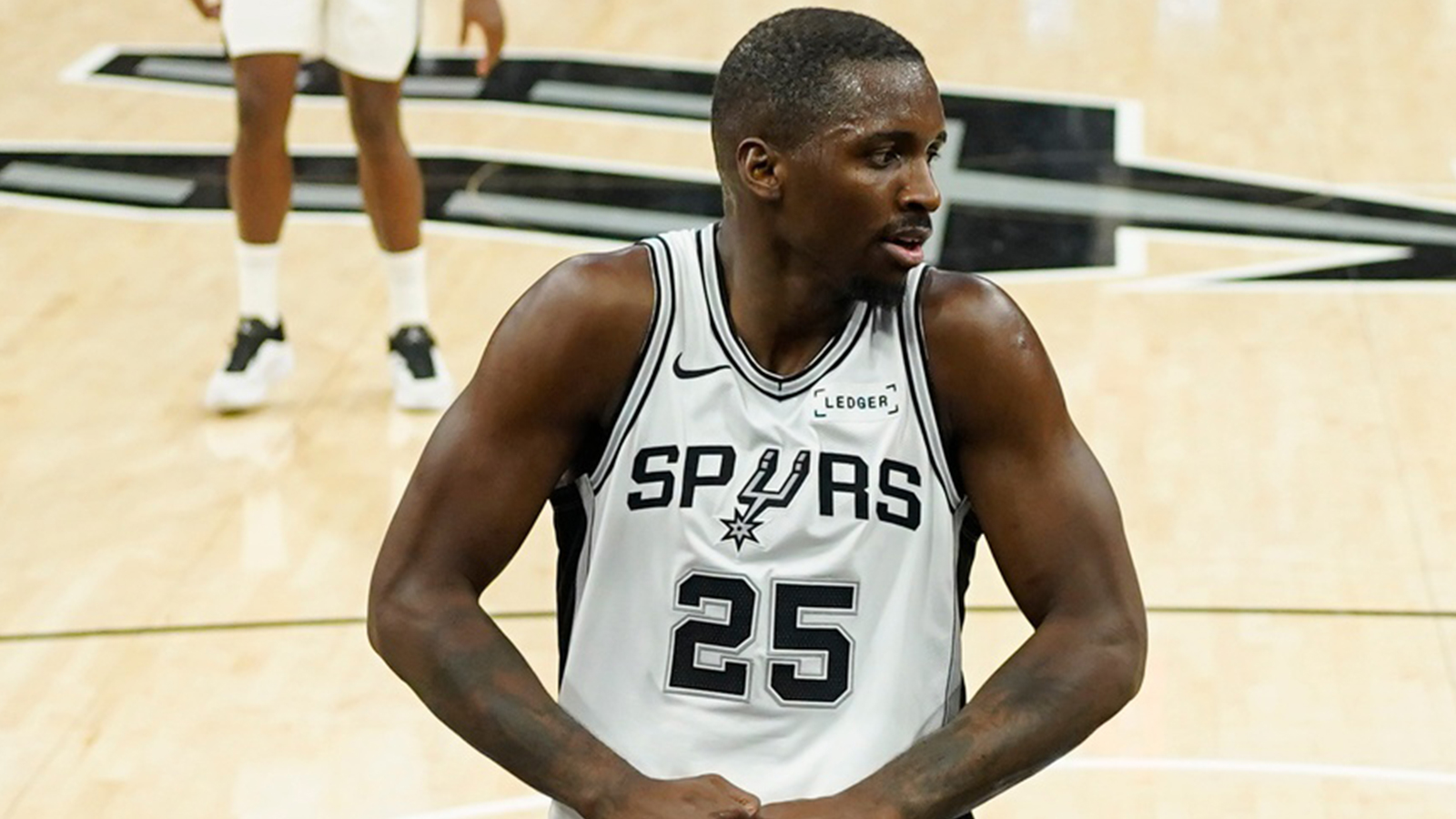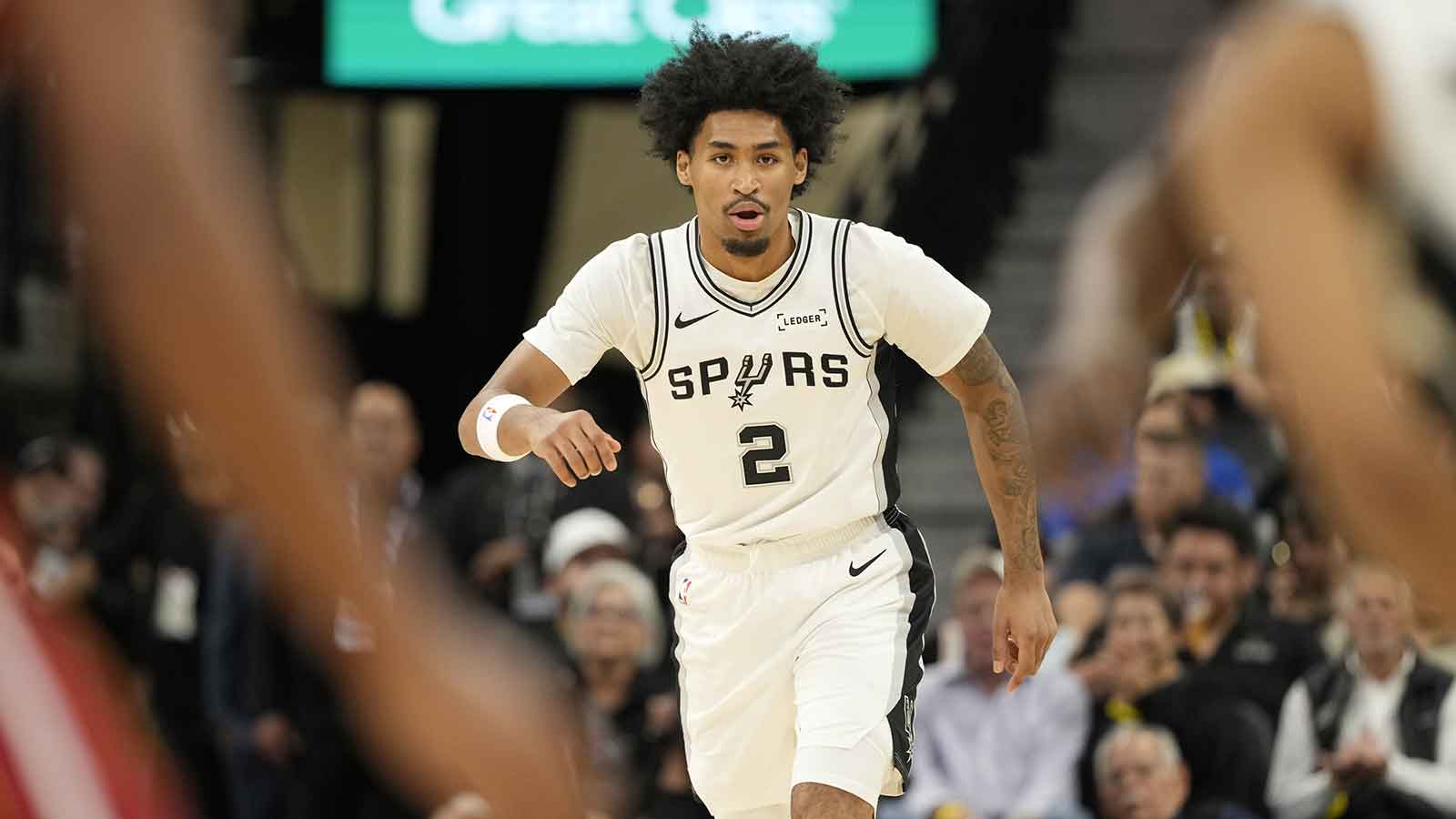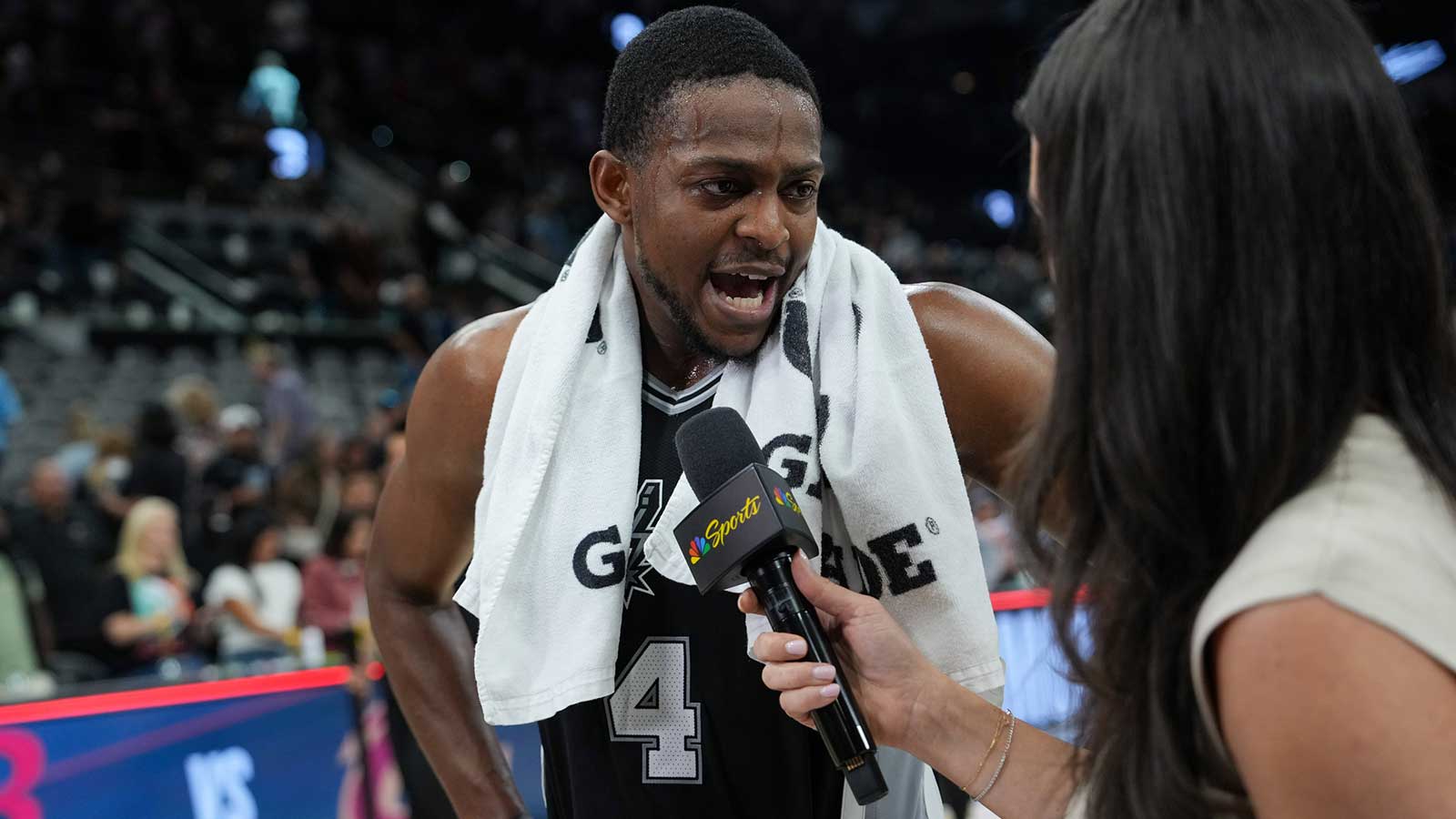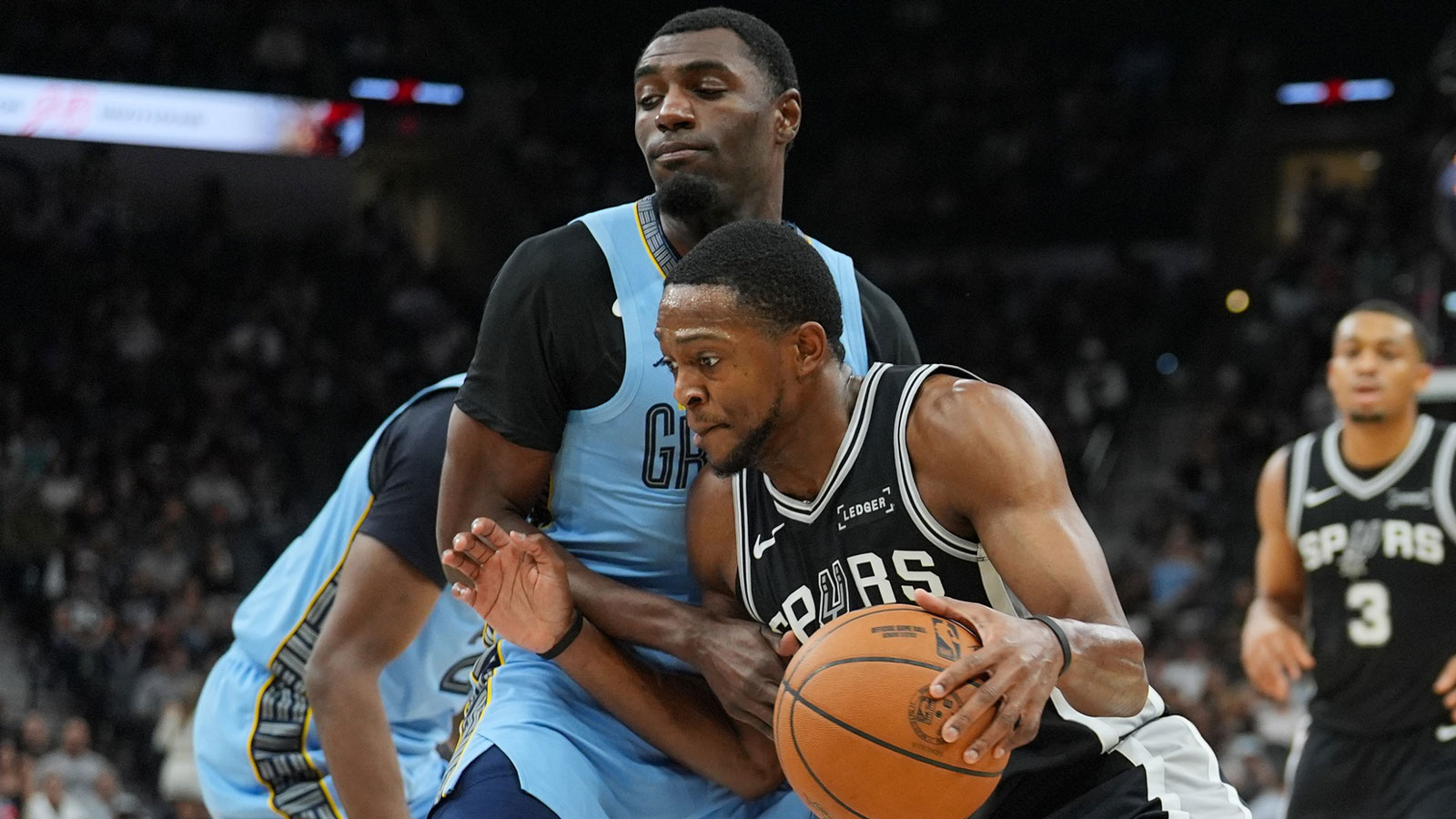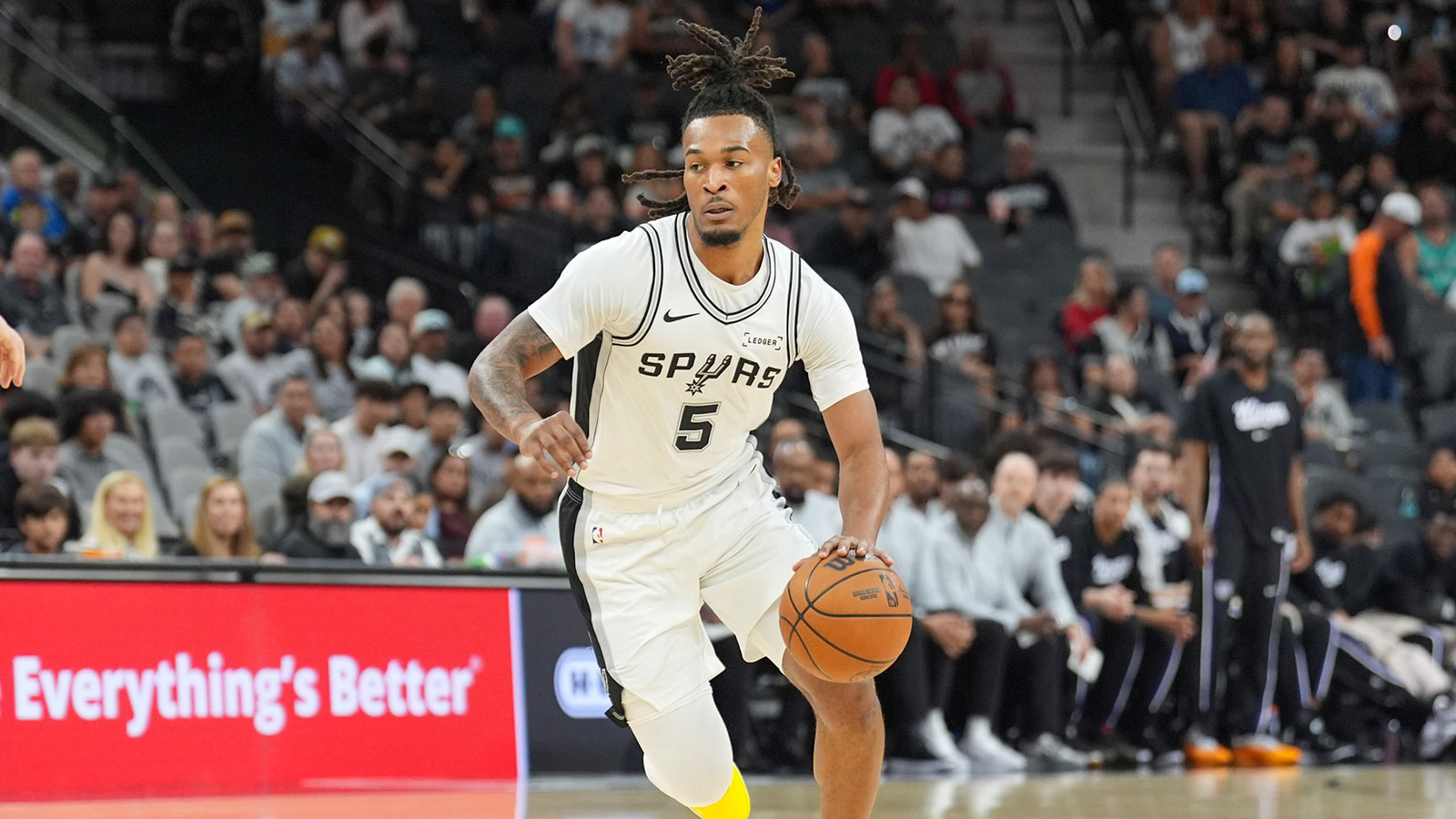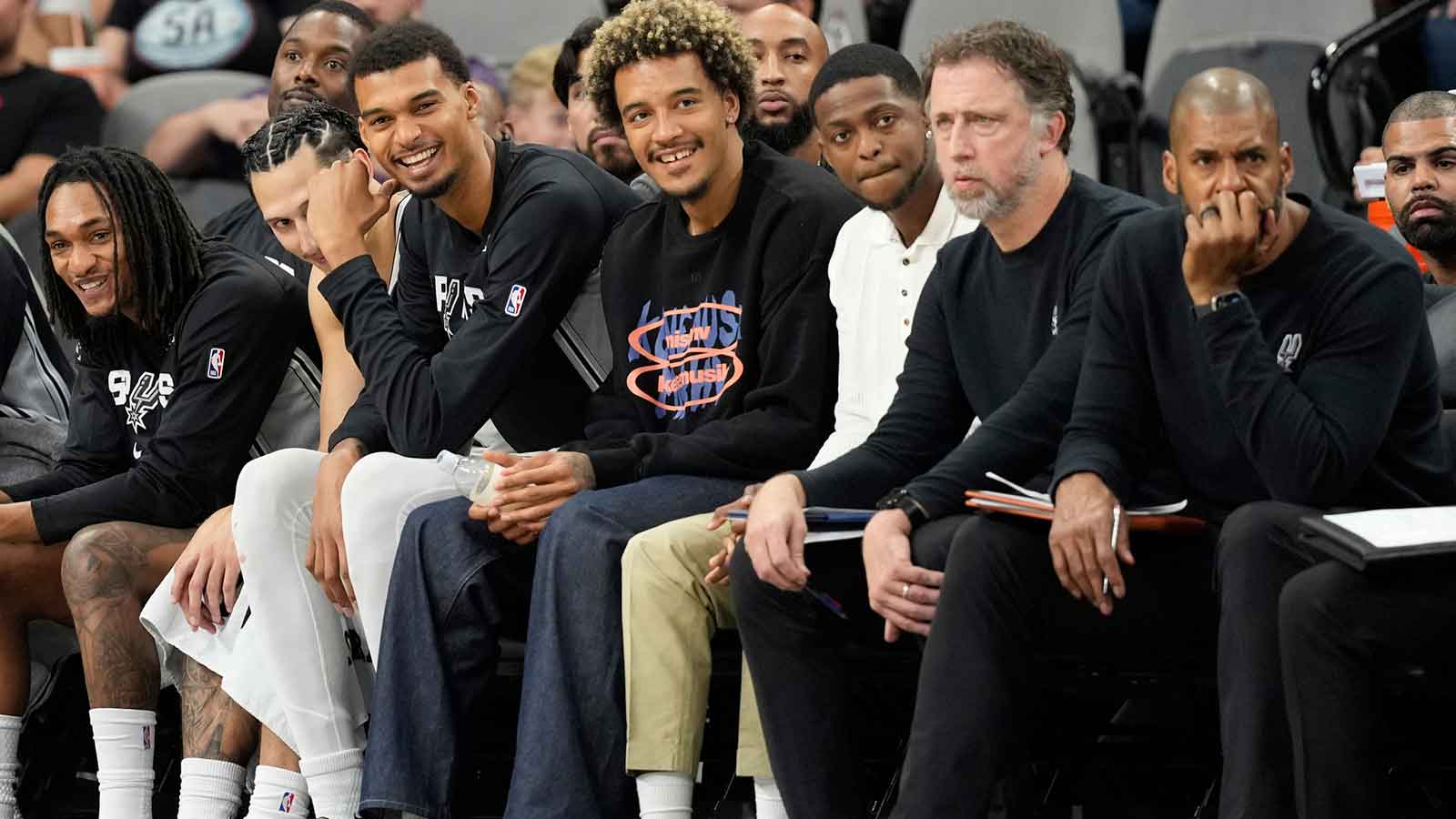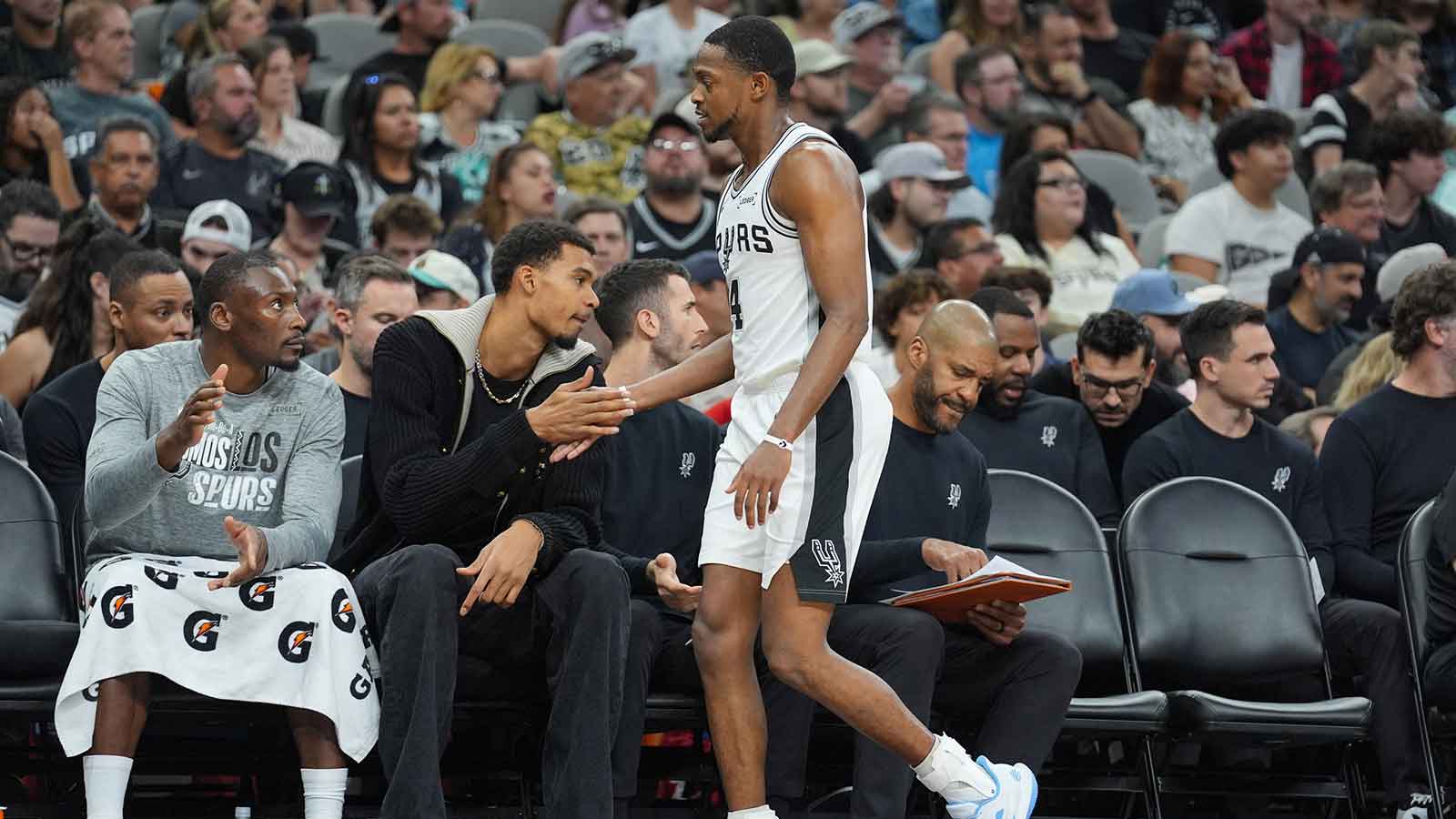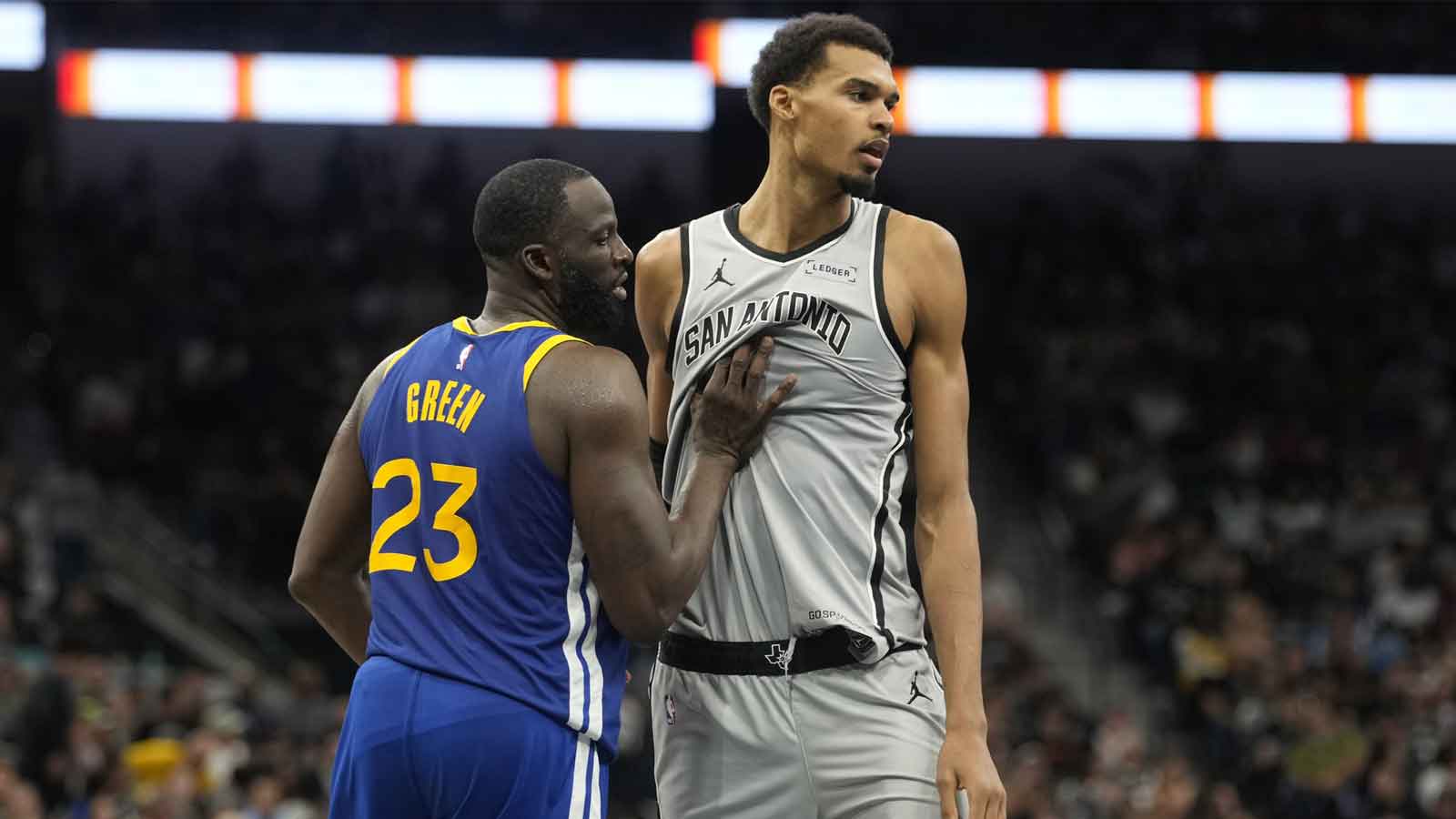While Kevin Durant reportedly would welcome a trade to the San Antonio Spurs, there seems to be skepticism around the NBA that a trade between the Spurs and Phoenix Suns will be pulled off. It appears the Spurs are holding firm to a strategy that prioritizes building around Victor Wembanyama through the NBA Draft by developing youth, to go along with the opportunistic trade for 27-year-old De'Aaron Fox before this season's deadline.
An era that puts a premium on young talent and assets provides that backdrop. The Oklahoma City Thunder, Houston Rockets and Minnesota Timberwolves, who've combined for the two best records in the West and/or appearances in the conference finals, have shown there's merit to following the blueprint.
But it's a strategy that goes against how the Silver and Black have built around their generational big men of the past. While the style of play has changed, their previous approach did yield success.
Spurs traded for veterans to help David Robinson
Had surrounding rookie David Robinson with a “timeline” been a thing in 1989, the Spurs would've paired him with 27-year-old Alvin Robertson, who had already made three All-Star Games and won NBA Defensive Player of the Year, and a newly turned 26-year-old Johnny Dawkins who garnered Naismith Player of the Year honors at Duke.
Instead, San Antonio traded Robertson to the Milwaukee Bucks for veteran Terry Cummings and dealt Dawkins to the Philadelphia 76ers for 33-year-old point guard Maurice Cheeks. The Spurs moved Cheeks to the New York Knicks for the younger Rod Strickland that winter, but not before Cheeks helped a young Spurs core to a 34-16 record in what was then the greatest single-season turnaround in league history. Cummings averaged 22 points and eight rebounds per game and provided critical leadership for a squad that advanced to Game 7 of the semifinals a year after winning 21 games.
And while comparing teams from now to the late 1980s and early '90s may be apples to oranges because of the emphasis on veteran-laded teams then, it's worth noting that young Portland Trail Blazers and Phoenix Suns squads outlasted those legendary Los Angeles Lakers while the charging Chicago Bulls made the conference finals that year.
Spurs doubled down on veterans to surround Tim Duncan
Thanks to injuries in 1996-97, San Antonio added Tim Duncan to an older core that had made a couple of playoff runs. Instead of prioritizing youth following Duncan's rookie season, they doubled down on veteran help by signing Mario Elie and Jerome Kersey and trading for Steve Kerr in a deal that saw them part with a first round draft pick.
It led to the franchise's first championship in 1999.
They drafted 19-year-old Tony Parker in 2001 and Manu Ginobili debuted in 2002. But while they'd flank Duncan for the next 15 years, Parker and Ginobili arrived after TD's first four seasons in the NBA.
Spurs opting for youth around Victor Wembanyama
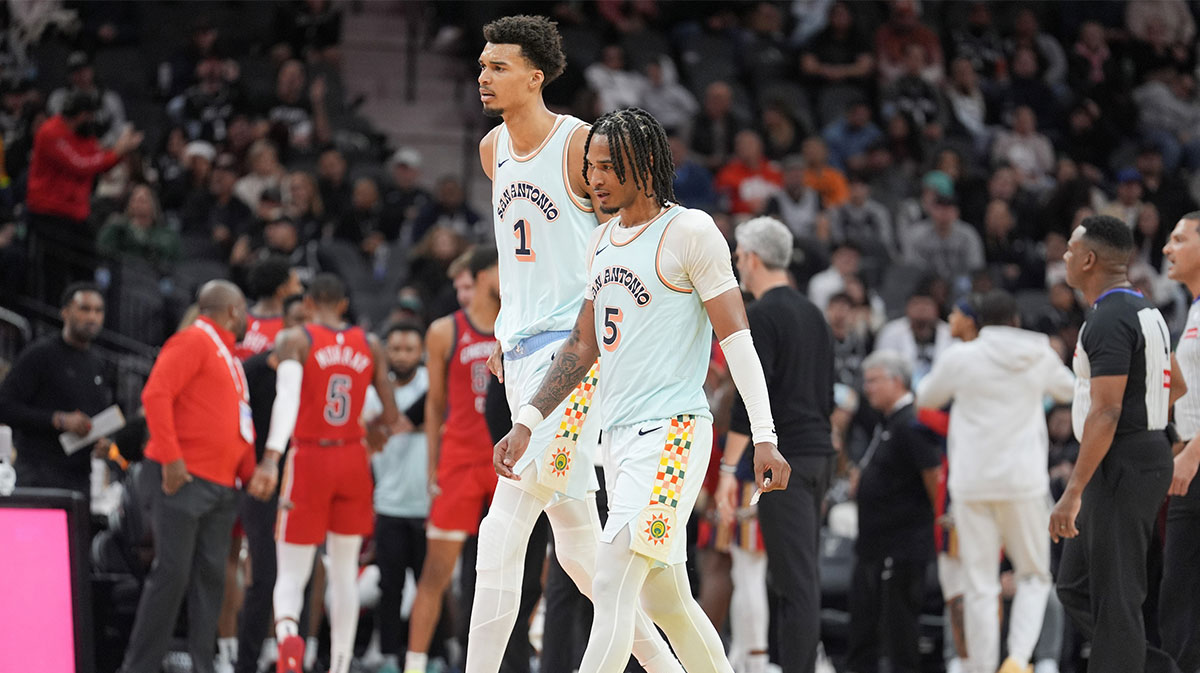
The Spurs don't seem to have much interest in trading the No. 2 pick, according to The Athletic. Perhaps that changes if Giannis Antetokounmpo actually becomes available, which isn't the case right now, but it appears to be untouchable when it comes to Durant trade talks. Rookie of the Year Stephon Castle is assumed to be untouchable in these talks as well, which was echoed by Jake Fischer at The Stein Line. Same with Fox, whom San Antonio acquired in February.
Again, maybe the calculus changes if Giannis is on the table, but the Spurs aren't going to cash in their prized youth chips for an aging Durant. If a deal can get done without those top assets (would something around Devin Vassell and the No. 14 pick work?), maybe it still happens, but that's not looking likely right now and San Antonio will be happy rolling with its youthful core.
The prioritization of youth is the norm these days. It just hasn't been for a Spurs organization that's built around superstar big men before.


